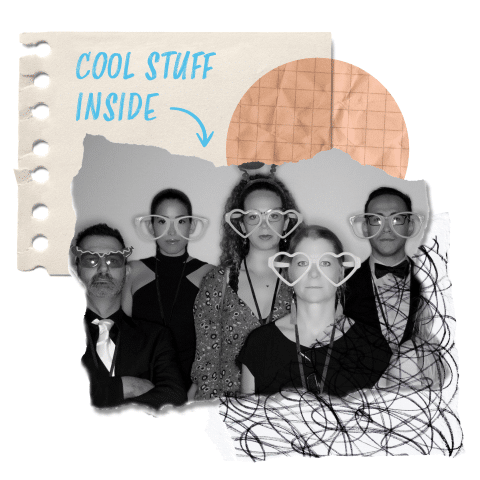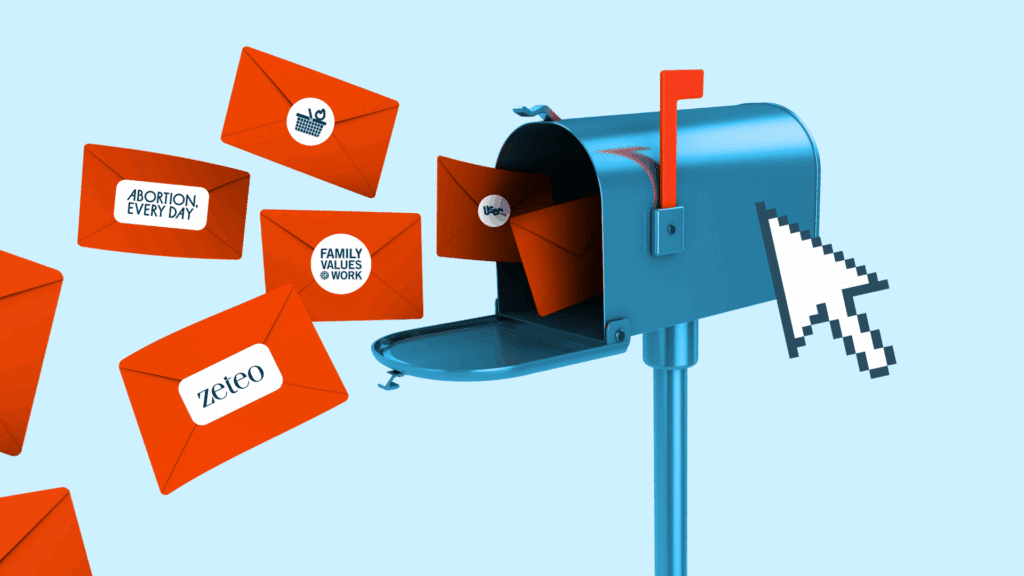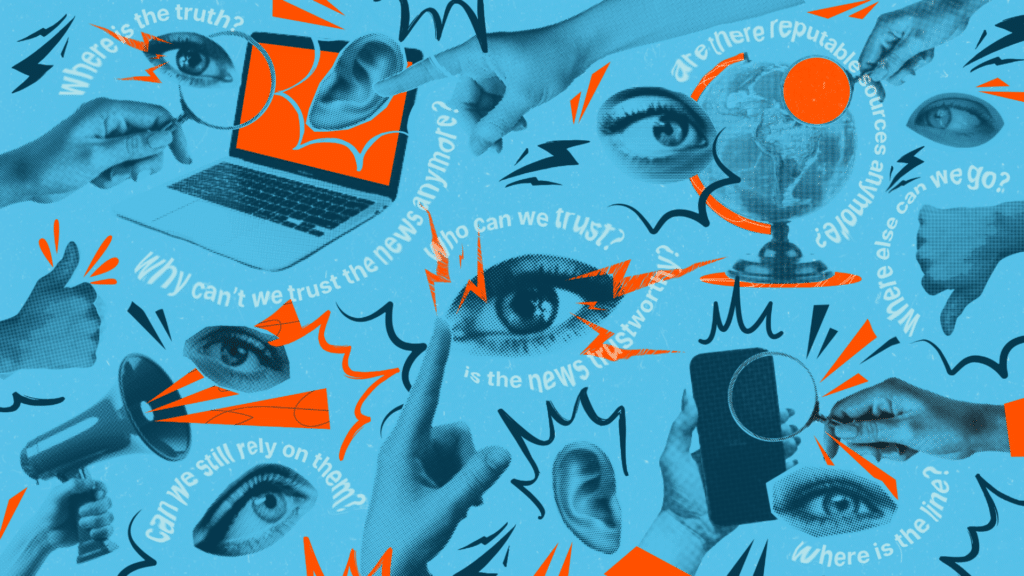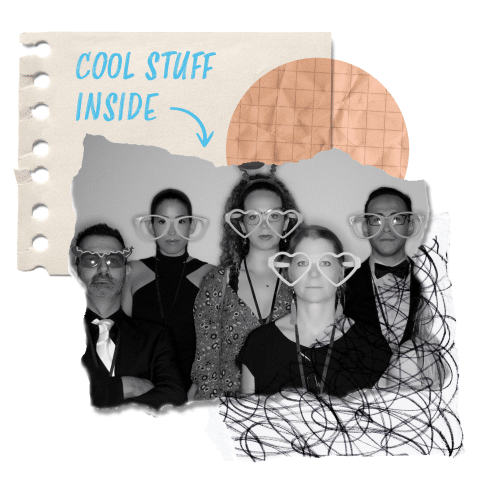The Blog On How To Use Our Egos and Insecurities To Change Public Behavior
People are smart. We have an impressive ability to look at a complex idea and determine if the logic behind it is sound. In the past, many health and environmental public relations efforts attempting to change our behavior have wrongfully assumed that because people are so smart, the following strategy will work.
Step 1: Show people the facts of a problem (i.e. Pollution is causing climate change. Junk food is causing chronic disease.)
Step 2: Offer a logical solution to the problem (Stop polluting. Eat healthier food.)
Intended Result: Since people are smart, they understand the problem and understand that changing their behavior will benefit them. They change and everyone lives happily ever after.
Real Result: People understand the problem and understand that changing their behavior will benefit them. They think, “Yes, we should stop polluting and eat healthier food.” Then they keep polluting and eating junk food.
Why?
People aren’t robots. There’s a lot more going on in our heads than just logic. When we make a decision, all the different parts of our brain take a vote. The part that knows that eating less junk food is good for you gets a vote, but so does the part that measures your low blood sugar, the part that’s worried about offending your coworker by refusing a slice of her birthday cake and the part that remembers someone calling you boring in eighth grade and wants your friends to think you’re fun.
In order to successfully change behavior, public relations efforts need to win over a majority of our brain, and human insecurities and ego make up a powerful voting block.
When public health and environmental public relations campaigns stick to the intellectual “high road” in an attempt to maintain a position of authority, or simply out of optimism that logic will prevail, they fail to meaningfully influence public behavior.
Salespeople and marketers, on the other hand, have known for centuries that logic alone is not enough to influence a decision. In fact, they usually appeal to us without any logical appeal (looking at you, Dos Equis “most interesting man in the world” commercials). Prius offers a great example.
When the Prius came to the U.S., it dominated the hybrid car market. But people didn’t buy the Prius because it stood out as the most logical choice. It wasn’t. There were other comparable hybrids available for thousands of dollars cheaper. But those options didn’t look like they came out of a sci-fi movie. They didn’t have a touch-screen computer on the dashboard that didn’t control anything besides the air conditioner – but looked like the future. The Prius became a symbol of progress and pride in environmental responsibility. The other options were just hybrid versions of regular gas models that faded into the freeway background.
The Prius sales pitch spoke to parts of customers’ brains than the competitors’ gas mileage and warranty spec sheets could not. It said, “If you drive me, you get to be one of the first people in the world to join a group that will be remembered for doing the right thing. You get to be special and important. You get to make a difference. This new car reinforces the fact, to yourself and your community, that you are a good person.” That sales pitch blew other hybrids out of the water and Priuses flew off the lots.
The underpinnings of Prius’ marketing campaign were no secret. Late night shows mocked Prius owners as pretentious, knee-jerk liberals holding their steering wheels with their pinkies out. Even South Park joked about Prius drivers emitting “smug pollution” and loving the smell of their own farts. It was an environmentalist’s worst nightmare, the scenario that often scares public relations teams away from sticking to anything but the straight facts.
However, the media flack didn’t matter. The message was too powerful. Toyota didn’t just succeed in selling its cars – it supercharged the creation of a permanent marketplace for cars that use less gasoline and create less pollution. Only ten years later, electric cars, hybrid SUV’s and Tesla’s electric sports cars are the new normal.
A Simple Place To Start: Normative Messaging (The Lemming Strategy)
How can you harness this strategy? I’ll give you an easy shortcut if you promise to use it for good. (Promise? OK, I’ll trust you.) Adding a normative appeal to your messaging is an easy way to tweak any traditional, logical appeal into one that better influences decision-making. Normative messaging means telling people that what you’re asking them to do is normal and already done by other people. It speaks to the parts of our brain that (even if it’s not logical) trust the majority decision of a crowd. These are powerful voices in our head with more say in our decision-making process than many like to admit. Think about how many millions of people in history never realize massive atrocities are wrong, because everyone else is going along with them.
In 2008, the journal of Consumer Research published a study that finally brought normative messaging to the attention of the environmental community. The study tested the effectiveness of different messages in convincing hotel guests to participate in a towel reuse program. The program asked guests to save water by indicating that they didn’t need their towels re-washed every day.
One message asked guests to participate in the program in order to save the environment. A second, normative message told guests that 75 percent of other hotel guests participated in the program to save the environment. Guests who received the normative message participated significantly more often. Guests participated even more when exposed to a message communicating that 75 percent of other guests to the same room (not just the same hotel) chose to reuse their towels.
The Dark Side
Normative messaging works whether you mean to use it or not. When scientists tested different signs urging visitors to the Petrified National Forest in Arizona not to take wood home with them, they accidentally included a normative message, but with the opposite effect they were looking for.
A sign with the message, “Please don’t remove the petrified wood in the park. Many past visitors have removed petrified wood from the park, changing the state of the Petrified Forest” resulted in the most stealing of petrified wood than any other sign tested, even more than no sign at all.
In the past, doctors and public health campaigns have attempted to encourage healthy behavior change by communicating the scary results of unhealthy habits. This strategy often fails to change behavior long-term. Some even think that public health appeals focusing on how widespread and common unhealthy choices are, due to the power of normative messaging, could even be counterproductive.
Today’s Cutting Edge
Our San Diego public relations client, American Council on Exercise, is using normative messaging and other informed communication strategies to create better public health outcomes and end the obesity epidemic by 2035. Their new behavior change specialist certification trains personal trainers and health coaches on not just what to recommend to clients to improve their health, but how to use interviewing and messaging strategies to recommend them so they stick. American Council on Exercise also facilitated a congress-wide fitness challenge. By sharing the number of steps each congress member’s office took with the rest of Congress and the nation, ACE is giving the American people more visibility of healthy lifestyles in a segment of a respected population not normally associated with exercise.
Would You Rather Be Right Or Happy (With Your Results)?
If marketers have been using these techniques with success for decades to change customer behavior, why are so many social causes ignoring them? Many who support causes that rely upon the moral high ground think these techniques are dishonest, lowbrow or beneath them and their facts. As long as they do, they won’t reach their full potential. Messaging strategies based upon how our minds make decisions and take action aren’t trickery, they’re whole-brain communication. If you just stick to the facts of your message, big powerful chunks of your audience’s brain will be left untouched.
At Mixte, we think, “no brain chunk left behind.” That’s why our work goes beyond pamphlet, press release and Twitter post to moving the needle in the real world.






